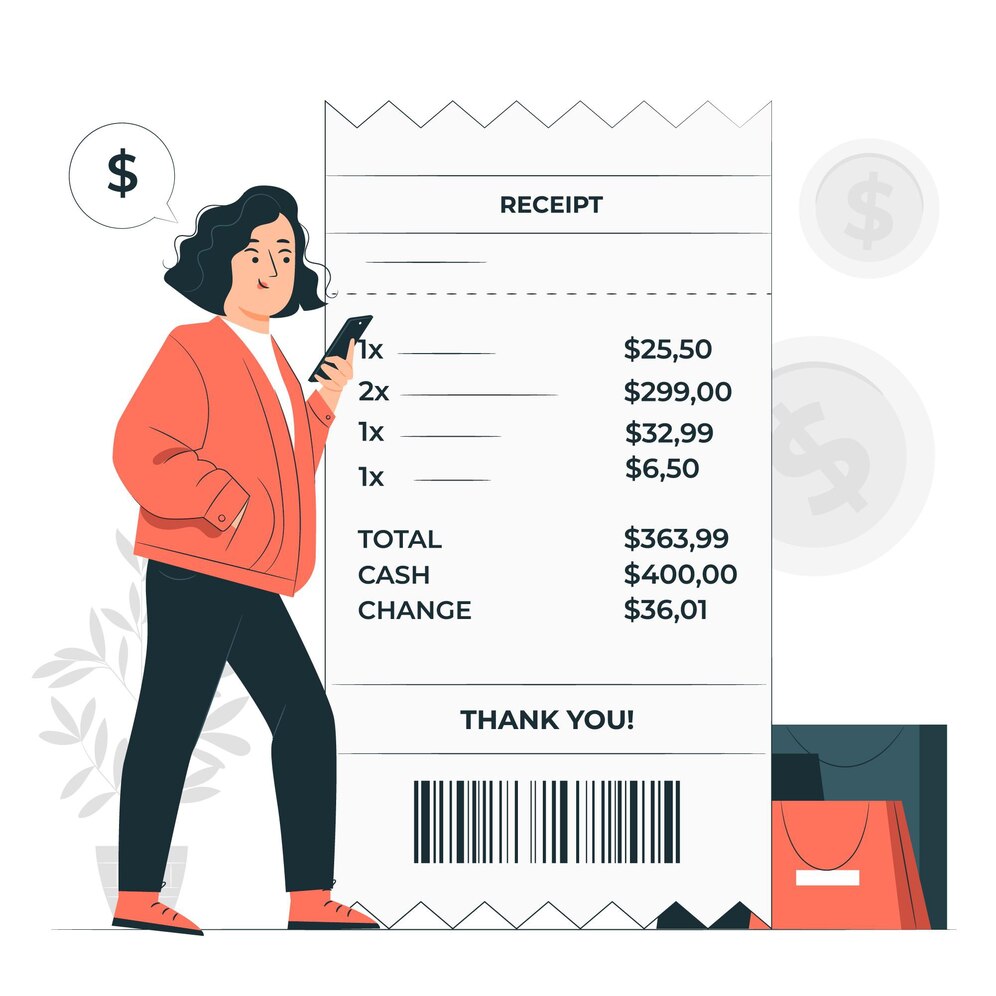In Vietnam, the Ministry of Finance is seeking feedback on a draft decree concerning the establishment and operation of a domestic carbon exchange, with the proposal suggesting that securities companies act as intermediaries to facilitate carbon credit transaction. Such frameworks are crucial for translating sustainable development policies into tangible actions, fostering coordination among diverse agencies at both central and local levels. The proposed regulations underscore the principles of fairness, openness, and transparency in carbon trading, emphasizing the protection of the legitimate rights and interests of market participants while holding them accountable for their trading decisions.
The introduction of carbon trading mechanisms, as articulated in agreements like the Paris Agreement, is designed to assign economic value to greenhouse gas emissions, thereby incentivizing emission reductions and fostering a transition towards a green economy. The initiative aligns with Vietnam’s broader environmental protection policies aimed at mitigating the adverse effects of carbon dioxide emissions on economic growth. Under the Paris Agreement, member nations are committed to curtailing greenhouse gas emissions to limit global temperature increases to 1.5°C above pre-industrial levels.
The introduction of draft decree of Ministry of Finance on carbon trading is the first step to implement carbon market in Vietnam, after the Prime Minister’s Decision 232/QD-TTg dated January 21, 2025, approving the Project on Establishment and Development of the Carbon Market. The formation of a carbon market is not merely about facilitating the exchange of emissions permits but also about creating a feedback and incentive mechanism to promote energy conservation and emission reduction across society, thereby achieving both economic and environmental objectives.
1. Definition of carbon trading
The concept of carbon trading, akin to trading securities or commodities, enables entities to buy or sell the right to emit carbon, fostering a market-driven approach to environmental stewardship.
The draft decree outlines two primary commodities for trading within the carbon market: greenhouse gas emission quotas and carbon credits. Entities eligible to trade emission quotas are those listed in the “List of sectors and facilities emitting greenhouse gases subject to greenhouse gas inventory,” as mandated by the Prime Minister. Participation in carbon trading necessitates the establishment of trading accounts, ensuring transparency and accountability in transactions.
Carbon credits are a key component of carbon trading, and can be categorized as follows:
a) Domestic carbon credits: These are obtained from programs and projects under Vietnam’s domestic carbon offset and exchange mechanism, as regulated by the government. These credits represent emissions reductions or removals achieved within the country’s borders.
b) International carbon credits: These credits are generated from emissions reduction or removal projects implemented under international carbon offset and exchange mechanisms. These credits allow for cross-border trading to meet climate commitments.
Regardless of their origin, all carbon credits must be verified and registered in the national registry system by the Ministry of Agriculture and Environment before being listed on the Hanoi Stock Exchange’s carbon trading platform. This ensures the integrity and traceability of the carbon credits circulating in the market.
2. Entities participating in trading
Entities participating in trading must establish trading accounts with authorized trading members in order to conduct transactions involving greenhouse gas emission quotas and carbon credits. Trading members are required to promptly notify their customers of the transaction results, in the agreed format, immediately after each completed transaction. Additionally, trading members must send their customers monthly statements detailing the status of their money accounts, emission quotas, and carbon credits, or provide such information upon the customers’ request.
Once the emission quotas and carbon credits transactions have been established and finalized, the Hanoi Stock Exchange bears the responsibility of relaying the transaction details to the Vietnam Securities Depository and Clearing Corporation, which will then carry out the necessary settlement processes.
3. Trading methods and mechanisms
Trading on the carbon trading market can be conducted through various negotiated transaction methods on the carbon trading system, where the parties involved negotiate and agree on the terms of the transaction. Negotiated transactions are established when the buyer or seller enters a trade order into the carbon trading system, and the counterparty confirms the trade order.
The negotiated transaction method includes two primary approaches:
- Electronic negotiation: In this method, the trading entities submit firm buy or sell orders into the system and select matching orders already in the system to execute the transaction. This electronic process allows for efficient and transparent price discovery, as the trading entities can view the available orders and execute transactions accordingly. However, the lack of direct negotiation between the buyer and seller may limit the flexibility to tailor the transaction to their specific needs and preferences.
- Conventional negotiation: In this approach, the buyer and seller negotiate the transaction conditions in advance, such as the price and volume, and then report the agreed-upon results to the carbon trading system to finalize the transaction. This method provides more flexibility for the parties to tailor the transaction to their specific needs and preferences.
4. Conclusion
In conclusion, the establishment of a carbon trading market in Vietnam represents a significant step towards addressing climate change and promoting sustainable development. The market-based approach to emissions reduction, facilitated by the trading of carbon credits and quotas, provides economic incentives for energy conservation and emissions mitigation across various sectors of the economy. As Vietnam works towards its goal of carbon neutrality by 2050, the carbon trading framework will play a crucial role in guiding future observations and actions within the country’s legal landscape.
In summary:
- The carbon trading market includes trading of greenhouse gas emission quotas and carbon credits, both domestic and international.
- Entities participating in trading must establish trading accounts and follow specific rules and regulations.
- Trading can be conducted through various negotiated transaction methods, including electronic and conventional approaches.
- The carbon market in Vietnam is not just about exchanging emissions permits, but also about creating a feedback and incentive mechanism to promote energy conservation and emission reduction across society.
Related articles:
1/ ESG in corporate governance: the board of directors’ responsibilities and legal risks
2/ Legal framework for ESG assessment and sustainable business practices in Vietnam
Disclaimers:
This article is for general information purposes only and is not intended to provide any legal advice for any particular case. The legal provisions referenced in the content are in effect at the time of publication but may have expired at the time you read the content. We therefore advise that you always consult a professional consultant before applying any content.
For issues related to the content or intellectual property rights of the article, please email cs@apolatlegal.vn.
Apolat Legal is a law firm in Vietnam with experience and capacity to provide consulting services related to International Commercial & Trade and contact our team of lawyers in Vietnam via email info@apolatlegal.com.





































